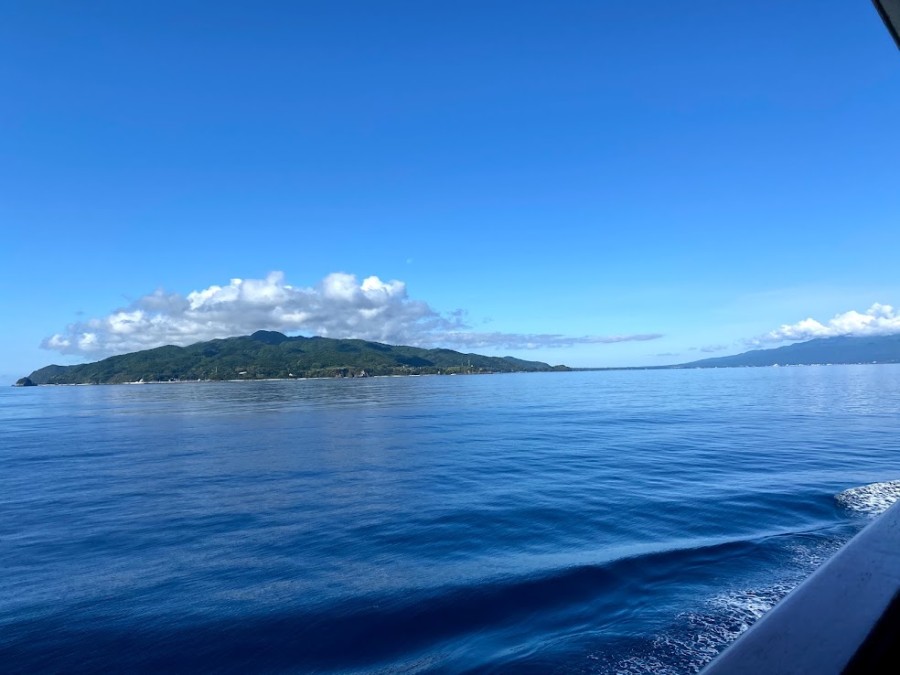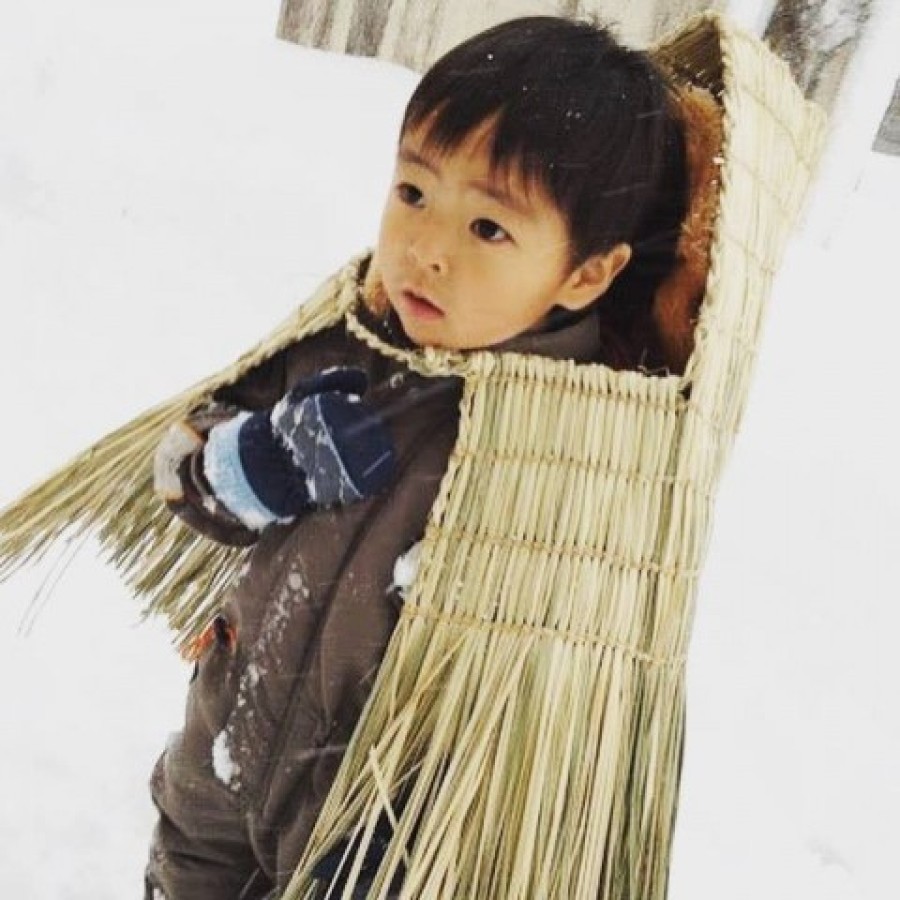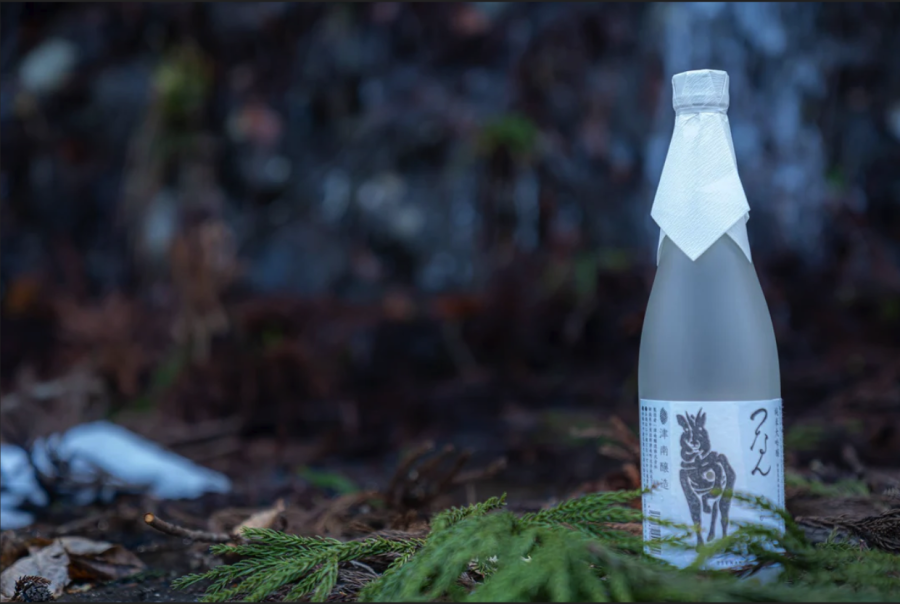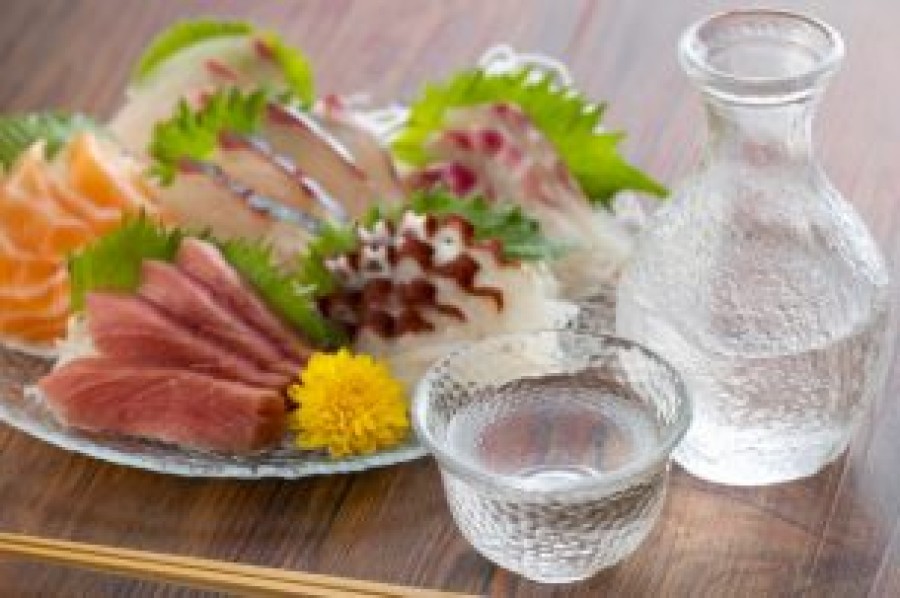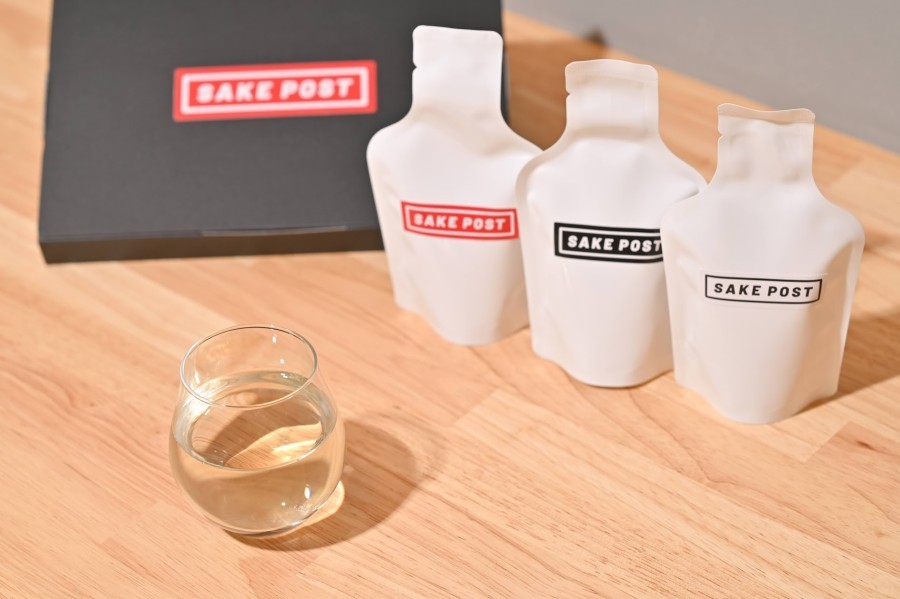From Niigata Port to Ryotsu Port, the gateway to Sado, it takes about 2 hours 30 minutes by car ferry. By jetfoil, it takes about one hour to reach Sado, the largest island on the Sea of Japan coast.
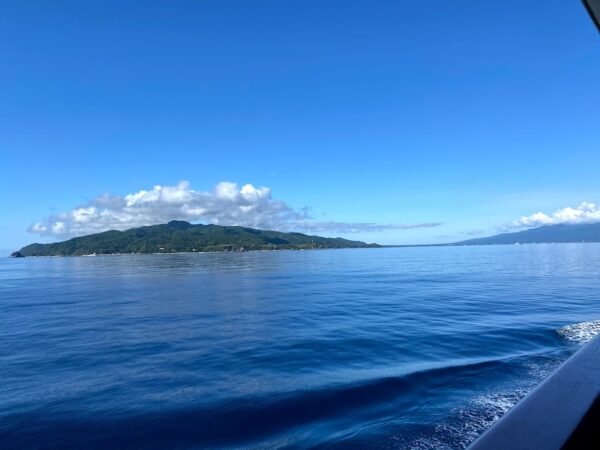
With a coastline of 280 km, the island has an area approximately 1.5 times the size of Tokyo's 23 wards and Awaji Island, and is dotted with five sake breweries. This article introduces a trip to the five breweries on Sado Island, where visitors can experience Sado's diverse attractions, including its nature, history and culture.
Access to Sado Island is convenient by car or rental car, but you can also get around using the main bus routes, the Main Line and the South Line, which run through the Kuninaka Plain in the centre of the island. Check out Niigata Kotsu Sado Bus, which also sells unlimited one- to three-day passes.
http://www.sado-bus.com/route/
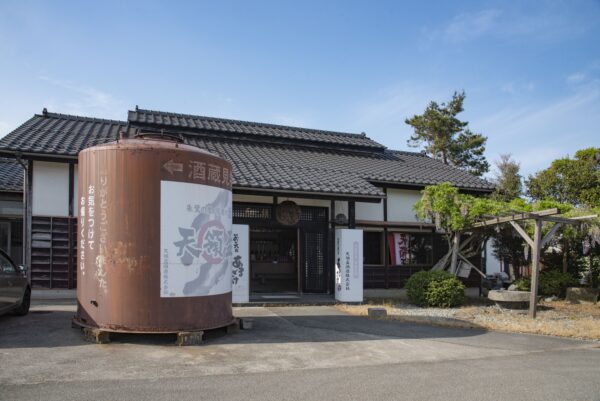
The Tenryohai Sake Brewery, established in 1983 (Showa 58), is the closest to Ryotsu Port.
Along with Tenryohai, the flagship brand, new brands such as Garakudai (Utashiro) are also well received, and the young management and staff are challenging new tastes in Niigata sake.
There are no shops on the island that sell Gagakuyo, and it is sold at the only brewery shop.
Brewery tours available (reservation required).
This summer, the island's first craft brewery, t0ki brewery, opened on the brewery's premises. Open: 16:00 - 22:00 on Fridays, 12:00 - 22:00 on Saturdays, Sundays and public holidays.
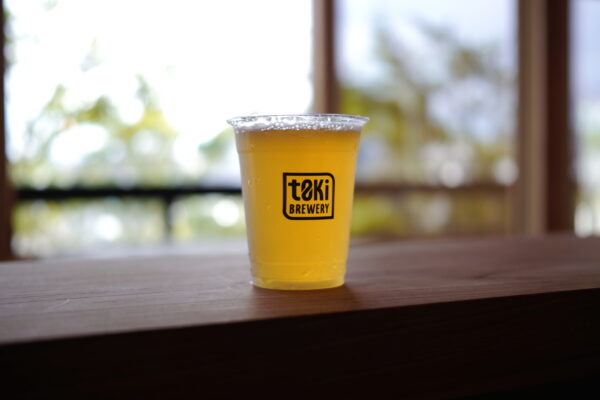
Takahiro Fujiwara (CEO of Beer Pint), who was fascinated by the culture of craft beer abroad, moved to Sado to establish the culture on the island and opened a brewery. Currently, it offers craft beers imported from all over the country and five types of nuts to enjoy pairing with them. Craft drinks such as cola and cider are also available for drivers to enjoy. The selection changes weekly.
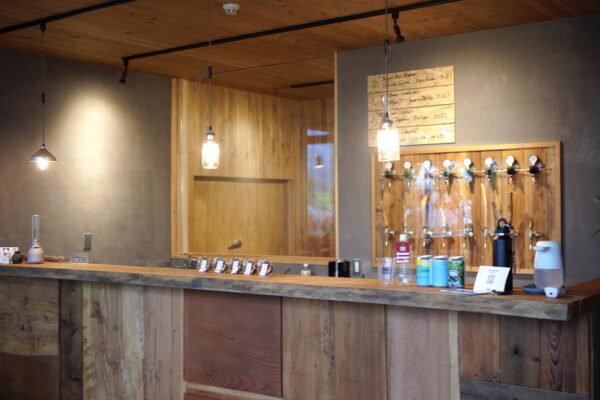
The brewery is preparing to open by the end of the year, and plans to offer craft beers that are 'ready to drink on that occasion' by changing the recipe each time it is prepared, rather than creating a fixed taste.
Along with local sake, craft beer is also worth noting.
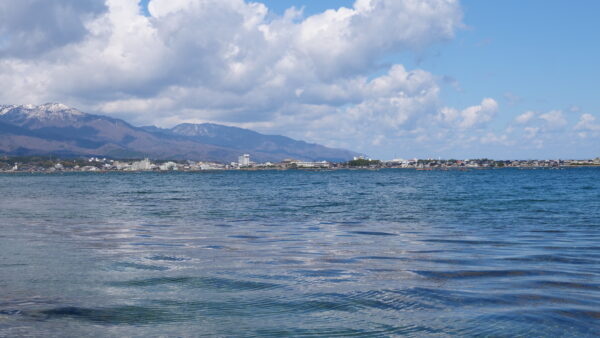
Lake Kamo, where oysters, which are in season in winter, are cultivated, is located near the Tenryohai Sake Brewery.
From December to May, Akitsu Maru will be offering oyster tours (reservations required) where you can eat all the oysters you want, including shabu-shabu and fried oysters Facebook 'Akitsu Maru'.
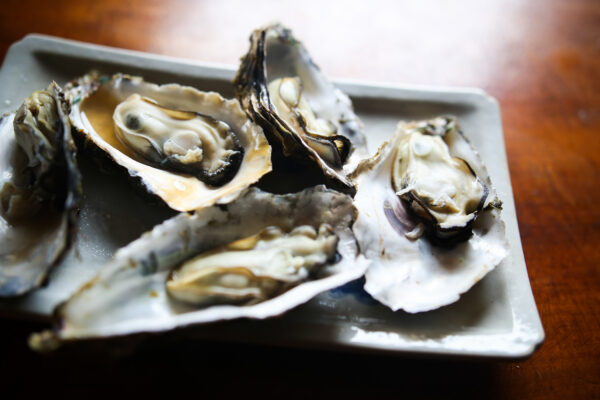
The Kanai area, located roughly in the centre of Sado, is home to the manufacturing warehouse of the Kato Sake Brewery, which was established in 1915 (Taisho 4).
The representative brand name is Kinturu. The production warehouse was moved to this location in 1993 (Heisei 5) in search of better water.
Today, the brewery also focuses on producing sake using naturally grown and pesticide-free rice produced by contract farmers, including the brewery staff.
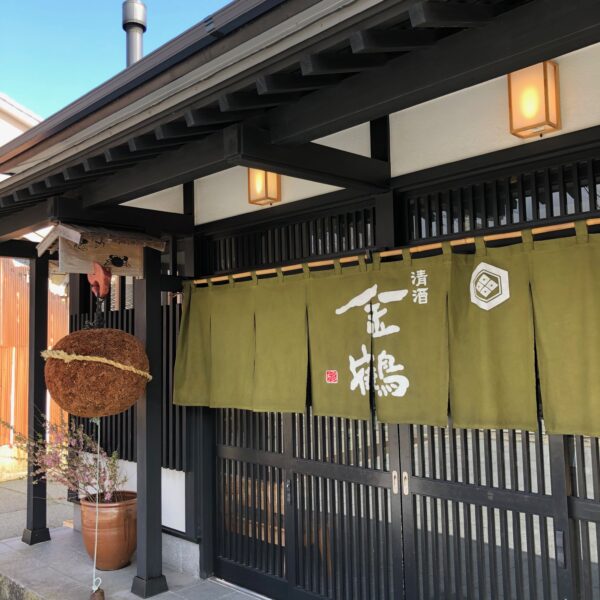 Tours of the production warehouse are not available, but local sake can be purchased at the head office, which is located along the Sawane Highway leading to the Sado Gold Mine.
Tours of the production warehouse are not available, but local sake can be purchased at the head office, which is located along the Sawane Highway leading to the Sado Gold Mine.
Along Sawane Highway there is Shimaya, which sells Sawane dango, said to have originated in the Edo period, Suda Kasuke Shoten, which sells Sado delicacies such as pickled puffer fish roe in sake lees, and Hayasukeya, which makes igoneri (a local dish using igogusa).
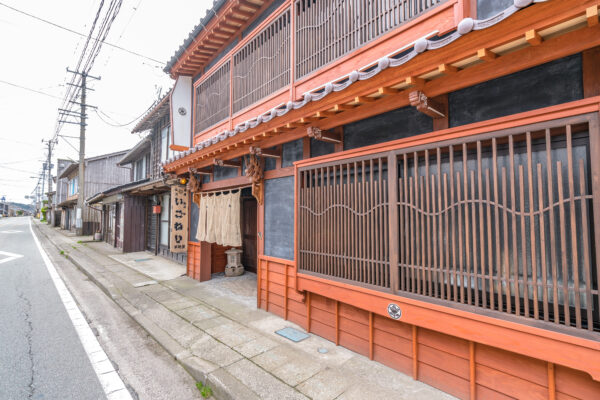
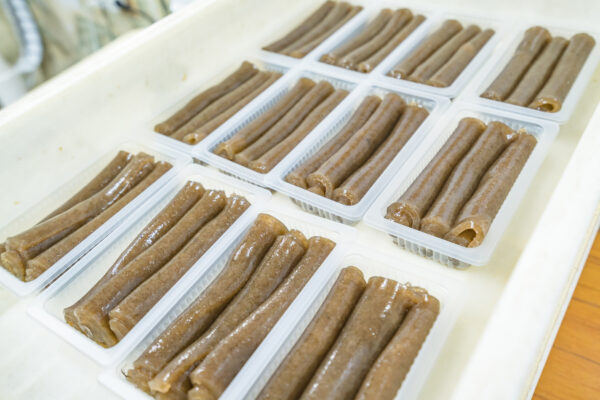
The oldest open area on the island, the former Mano Town, also known as the Village of Historic Sites, is currently home to two breweries.
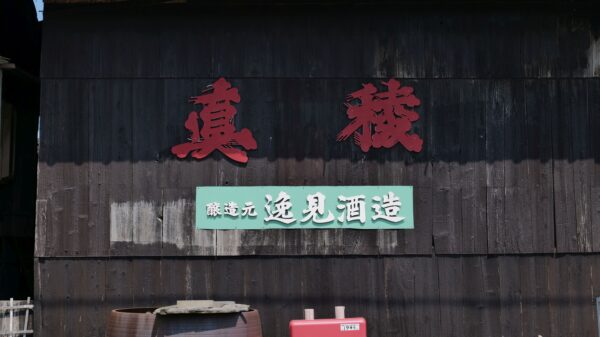
One is the Itsumi Sake Brewery, founded in 1872.
Along with its representative brand 'Shinryo', it is also known for its brand 'Itaru', which has a nationwide fanbase after a TV programme.
Due to the influence of the layers of shells deposited underground, the brewery uses medium-hard water for brewing sake, rather than soft water, which is unusual in Niigata Prefecture. Sake brewery tours available (reservation required).
In the Yahata area, located across the Kokufu River from the Itsumi Sake Brewery, Yahata potatoes, a traditional vegetable, are grown on sandy soil. The local Yahata Ginko (ginkgo) Society is playing a central role in reviving the traditional vegetable, together with local primary schools and students from the island.
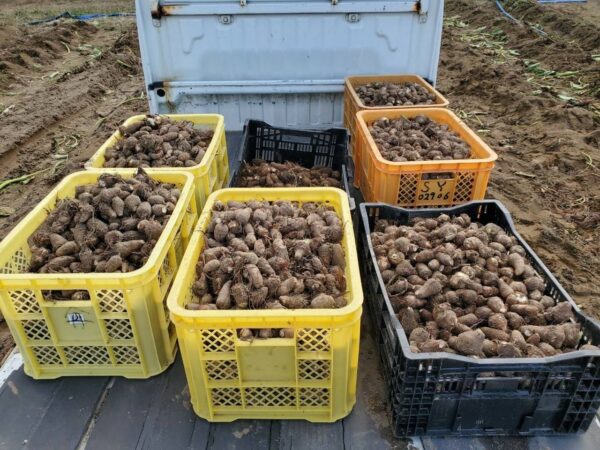
The International Sado Island Tourist Hotel Hachiman-kan offers Hachiman potato stew and shumai made from Hachiman potatoes as part of the overnight meal.
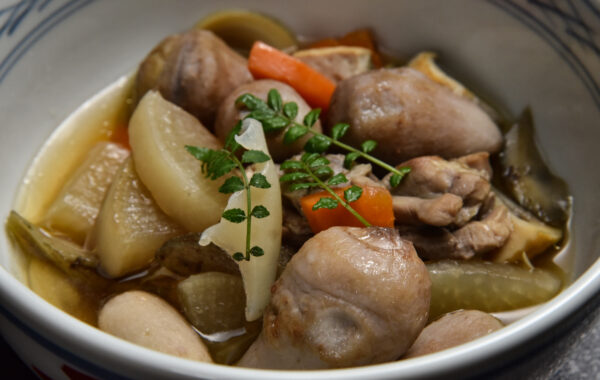
Shumai and gyoza are also available at hotel kiosks and online.
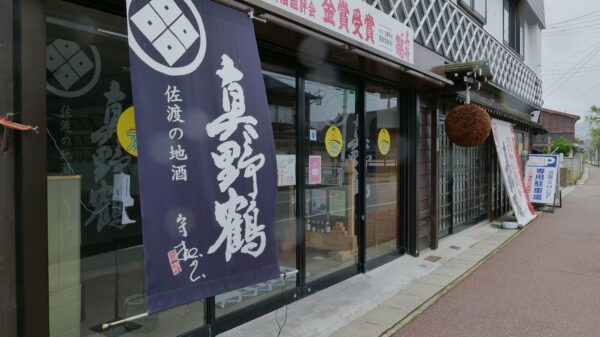
Another sake brewery in the Mano area is the Obata Brewery, founded in 1892 (25th year of Meiji).
The main brewery offers tours of the brewery without reservations (reservations are required for buses), and visitors can also enjoy paid tastings with a sake server.
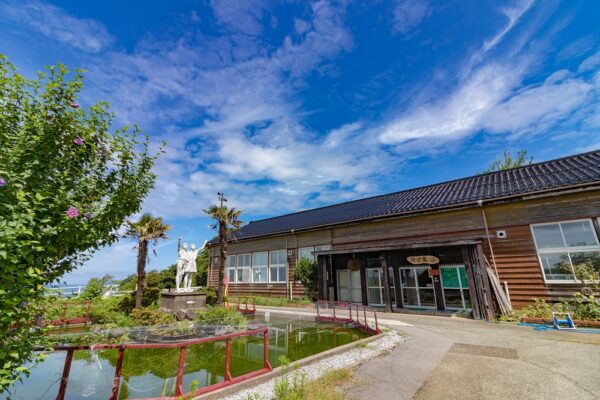
The Obata Sake Brewery has a 'school warehouse' in the former Mikawa Elementary School, a 20-minute drive towards Ogi from the main brewery, which has been reconstructed as a sake brewery and hosts summer sake brewing and sake-making workshops.
Although public tours are not available, the company plans to offer public-participation programmes, such as a sake tasting programme, in the future. Expectations are high.
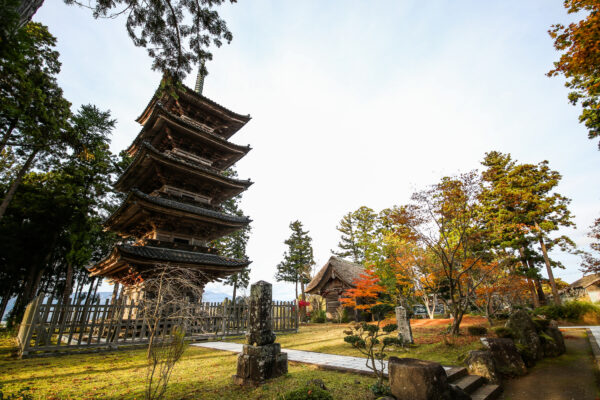
There are many historical spots around the Obata Brewery's main brewery, including Myosenji Temple, which has the only five-storey pagoda in the prefecture, and Ozen Shrine, which has a Noh stage.
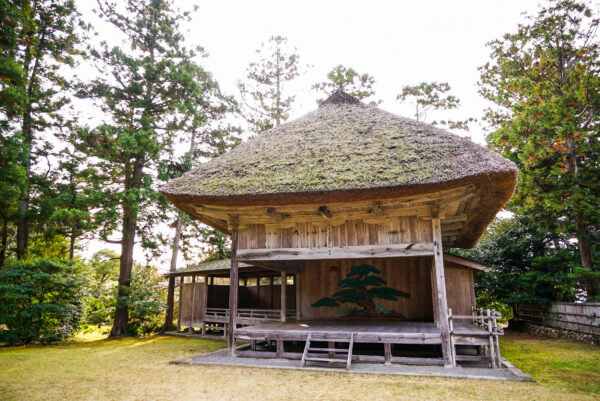
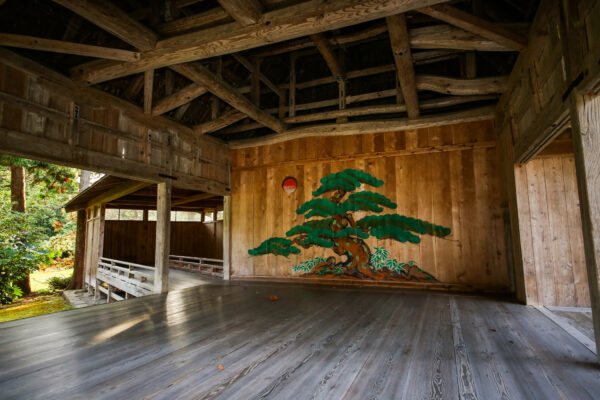
There is also a growing number of restaurants of diverse genres started by migrants, which can be enjoyed as a set.
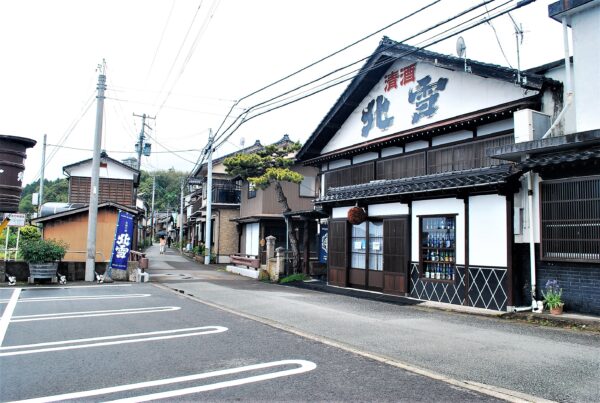 The fifth and last sake brewery, Hokusetsu Shuzo, was founded in 1872 in Akadomari, south-east of the Kosado Mountains in the south, opposite Teradomari on the mainland across the sea.
The fifth and last sake brewery, Hokusetsu Shuzo, was founded in 1872 in Akadomari, south-east of the Kosado Mountains in the south, opposite Teradomari on the mainland across the sea.
The brewery is also noted for its unique methods for producing better sake, such as maturing using ultrasonic vibrations and pressing using a centrifuge. Sake brewery tours available (reservation required).
You can walk from the brewery and explore the streets of the historic port town of Akadomari.
Akadomari Harbour is also known for its red snow crab and nanban shrimp fishing, and at the Yayoshimaru direct sales shop, a five-minute drive from the brewery, red snow crabs landed in the morning are boiled in an adjacent factory and sold (frozen crabs are sold during the closed season in January and February).
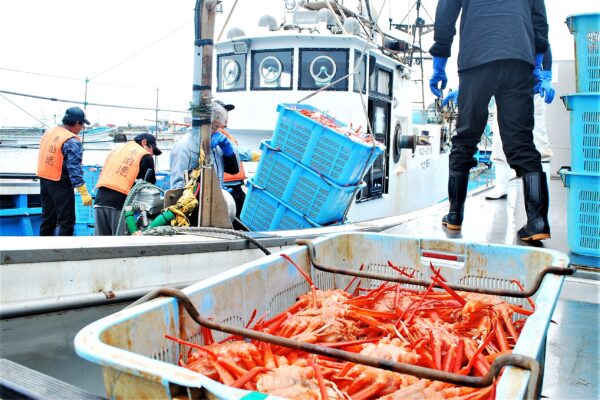
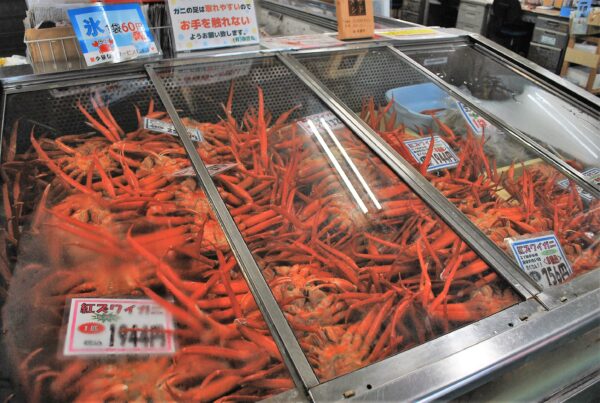 Enjoy it as a souvenir of your trip or order in.
Enjoy it as a souvenir of your trip or order in.
The five breweries introduced so far, all with different climates and approaches, have one thing in common: they all aim to create sake in symbiosis with the crested ibis. Water, rice and people. All are proud of their role as the island's local sake, and brew a bottle of sake with pride. We hope you will take the time to taste it with the flavours of Sado's four seasons.
Photo cooperation 'R from Niigata'.
Photography/Studio Mamakwanka, Studio Activist and Sumiko Tahara.
高橋真理子
2021.09.25
advertisement


